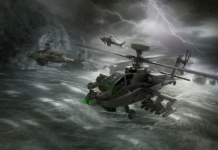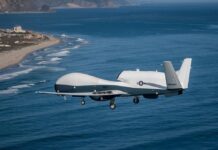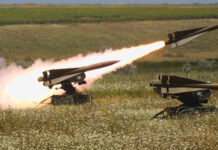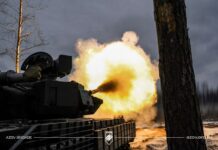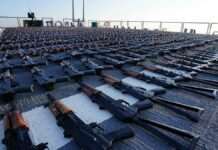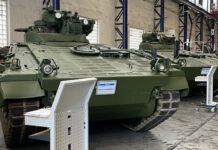A Russian journalist has published a list of advice for newly mobilised Russian personnel, which provides insights into the nature of the war for Russian troops, as well as the challenges facing the mobilised personnel.
The article, published by Komsomolskaya Pravda on 28 September 2022 was written by Alexander Kots. Kots is a former Russian soldier who served during the 1990s, he has been reporting on the Ukraine war, and has previously reported from Syria. Kots is also a well-known advocate for the Kremlin and is quick to repeat and amplify the Kremlin’s propaganda. For that reason, many of his articles on the war in Ukraine should be treated with caution, however his article providing advice to mobilised Russians is supported by other evidence emerging from the war.
“95% of injuries during this special operation, according to statistics, are not from bullets, but from shrapnel,” Kots said. He proceeds to explain that whether assigned to the first or second line, the personnel can expect to live in trenches, “Therefore, you can leave dreams of tank breakthroughs and marksmanship from machine guns until better times. Your main friend in positional battles will be a shovel.”

His advice raises two interesting aspects of the conflict: First the omnipresent and decisive nature of artillery engagements, and second, the reliance upon trenches and traditional infantry skills for survival. The dominant role played by artillery has been clear throughout the war, but it has typically favoured Russia with its considerable mass in guns and munitions. However, Kots’s advice indicates that Ukraine may have shifted the artillery balance in its favour – at least for certain periods of time. This is likely the result of a number of factors; On the Ukrainian side, there is evidence to suggest that its indirect fire units are capable of conducting effective shoot and scoot tactics, limiting their exposure to Russian counter-battery fire. At the same time, the Ukrainian targeting infrastructure is clearly able to provide accurate and timely information on Russian ammunition depots and positions, enabling HIMARS strikes. This has reduced the availability of Russian ammunition and led to fewer fire missions being conducted. At the same time, it is indicative of the Russian forces struggling to locate Ukrainian guns and complete their own targeting cycles before they are able to move.
The importance placed upon traditional infantry skills such as digging trenches, is perhaps one of the key takeaways from the war. Trench digging is not always practised by western forces, it is not only a labour intensive endeavour but something that can be done well, or poorly. Well-prepared trenches can preserve lives and reduce the rate of casualties caused by artillery fire, which in turn serves to reduce attrition of a force and maintain its fighting capability.
Kots’ recommendation is also symptomatic of the semi-static nature of the fighting in Ukraine, however. As mentioned above, the majority of the casualties are caused by artillery fragmentation, to this end, he advises newly mobilised personnel to wear their body armour at all times – including whilst in a trench. He quotes an army surgeon, who claimed to mainly treat wounds in the limbs, as body armour and helmets worked well to protect vital organs. The lethal effects of artillery are primarily caused by the blast effects of the high explosive contained within the shell and the fragments generated by the destruction of the shell casing.
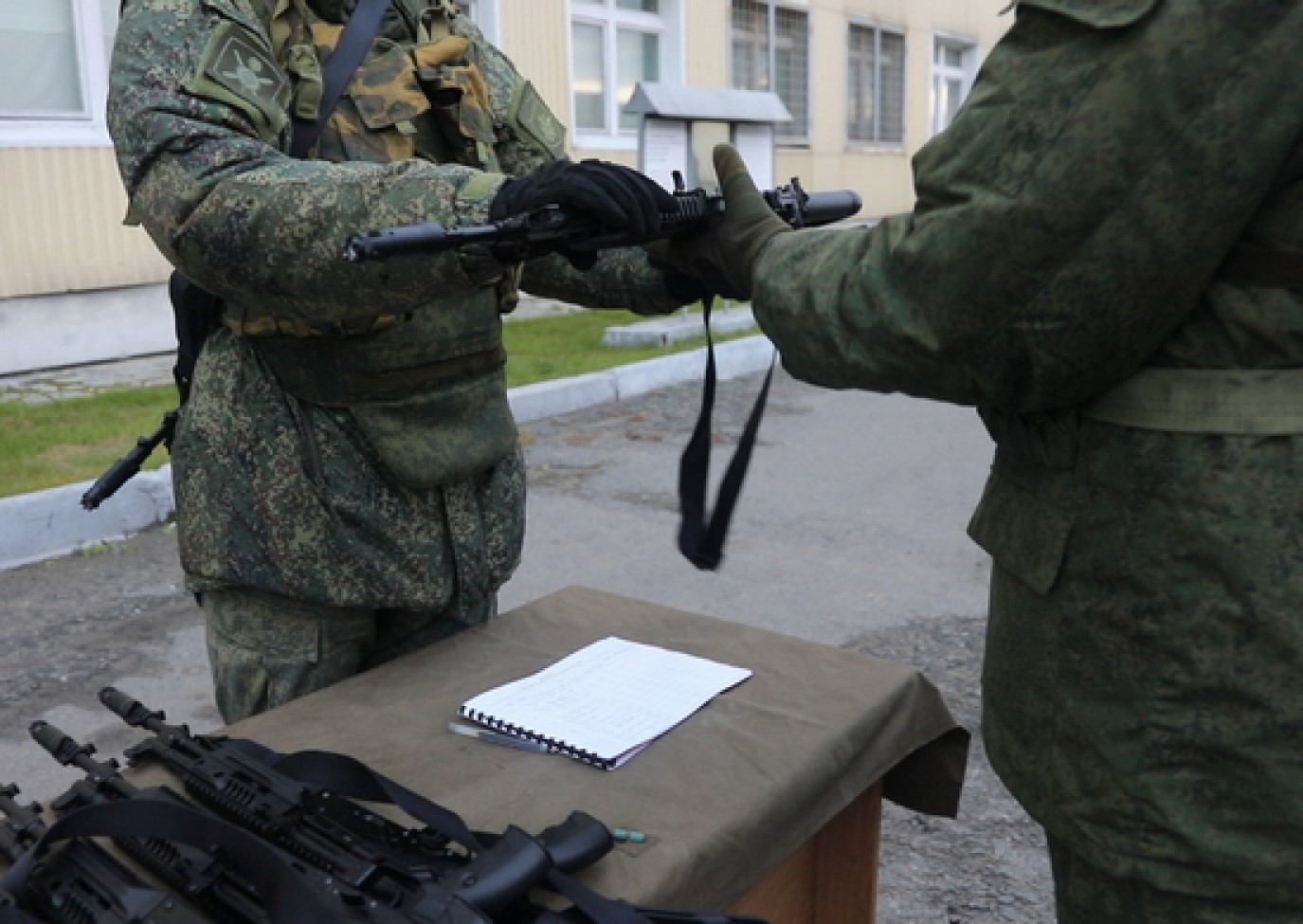
Photo: Russian MoD
In open areas, artillery blasts tend to have more limited effects than they would in an urban setting. In a confined environment, the blast wave can be reflected off of hard surfaces and intensified in the process, this effect can lead to severe lung injuries – more so than blast effects in the open. Fragmentation can also be more lethal in enclosed spaces, however, in the open spaces that are common in Ukraine, it has also been very effective, especially when there is little cover from the fragments.
To understand the scale of the threat, it is worth examining a very commonly-used munition in more detail. The 9M22 rocket launched by a BM-21 Grad 122 mm rocket artillery system carries a pre-fragmented warhead. This means that there is an inner layer to the warhead providing structural integrity, and an outer layer of metal that is pre-scored with a diamond pattern. As the 6.4 kg of explosive inside the warhead detonates, it expands the outer shell of the warhead and gases begin to escape before the pre-scored casing eventually fractures – after tens of milliseconds. The 9M22 is designed to generate around 3,920 fragments travelling at high speeds. A volley of 40 rockets – fired from a single launcher – would generate 156,800 fragments, with a lethal area of around 600 x 600 metres. The fragments create penetration wounds, and generally speaking, the closer one is to a blast, the more likely incapacitation is. Their great quantity make trenches and body armour critical for survival. The 9M22 is just one of many different high explosive fragmentation (HE-FRAG) projectiles being used in Ukraine. Yet looking at the simple maths of the effect that a single rocket can have, serves to demonstrate the challenge facing soldiers on both sides of the war.
Kots concludes his recommendations by suggesting that mobilised recruits invest in a medical kit consisting of a tourniquet, a hemostatic dressing – which is designed to stop bleeding – a dressing pack, anti-shock medicines and antibiotics if possible. This list provides an insight into the woeful state of medicine in the Russian army. Reports of Soviet era medical kits abound, often including simple rubber tourniquets that must be tied extremely tight to be effective. It appears that providing immediate first aid to casualties in Ukraine is difficult, perhaps because of the immense distances involved, the large quantities of casualties, or the lack of frontline medical facilities. This makes the immediate care given to the wounded of vital importance, as they are unlikely to get the timely medical care that was typical for NATO forces in Afghanistan.
Finally, Kots advises his readers to buy winter clothing and sleeping bags, stating that they can wear out quickly. However, it is likely that Russian troops are poorly prepared for the coming winter. At the time of writing, the average low temperature in Ukraine was reported to be 5 °C, with the coldest month being November and winter lasting through to March. If the war does continue that long, it will be an uncomfortable and potentially horrific winter for many Russian soldiers if they are unable to secure winter clothing.
Overall, Kots’ article provides a small insight into the challenges facing Russian forces as they contend with Ukraine’s rapid advances and the impact of winter. It reinforces the importance of conventional soldiering skills and the impact that massed artillery can have upon a force.
Sam Cranny-Evans




